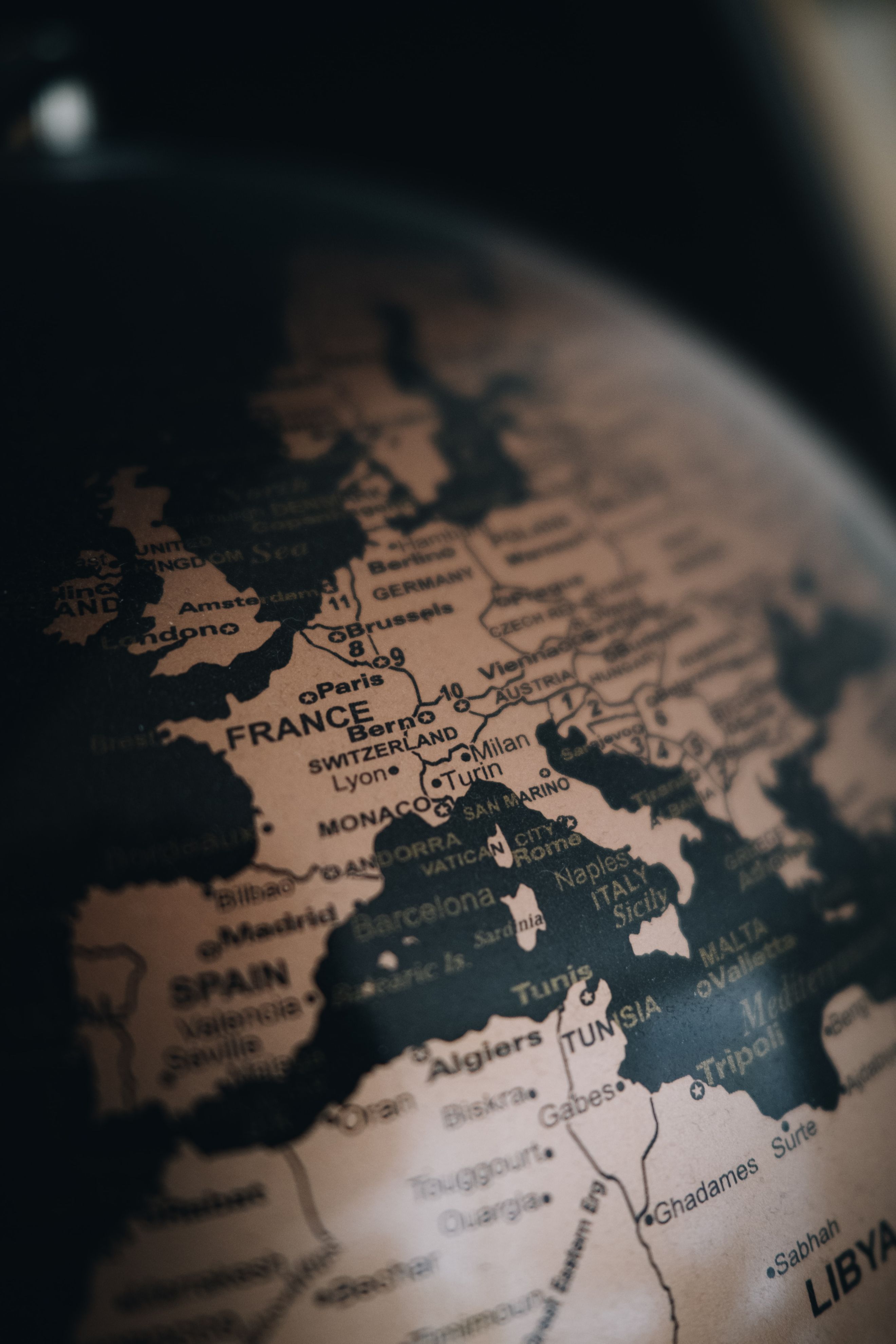
Interconnectors of France, Belgium and the Netherlands
Interconnectors allow electricity to flow between a country with excess electricity to one with a deficit. In this Quick Insight we look at interconnectors in France, Belgium and the Netherlands.
Summary: An interconnector is a cable that connects the electricity systems or 'grids' of nearby countries or offshore renewable energy farms, most often offshore wind farms, to a country's grid. Interconnectors allow electricity to flow between a country with excess electricity to one with a deficit. In this Quick Insight we look at interconnectors in France, Belgium and the Netherlands.
Why this is important: Interconnectors will be an essential part of the electricity grid of the future. Bu, they are expensive and time consuming to build, so understanding what we have now, and how it could be used, helps decide where we should be investing our efforts for the future.
The big theme: As countries move toward electricity generation systems dominated by renewables, the need for supporting infrastructure becomes greater. This will include battery/long term storage, demand management and interconnectors, which will enable balancing renewable electricity to be brought in from adjacent regions to offset periods of local shortage.

The details
Interconnectors : UK and Europe
An interconnector is a cable that connects the electricity systems or 'grids' of nearby countries or offshore renewable energy farms, most often offshore wind farms, to a country's grid. Interconnectors allow electricity to flow between a country with excess electricity to one with a deficit.
The UK has interconnectors with France, Netherlands, Belgium, Norway and Ireland. There is also one with Denmark scheduled to go live at the end of 2023.
In this Quick Insight we'll take a look at the interconnectors that three of those countries have: France, Belgium and the Netherlands.
We introduced interconnectors in a Quick Insight recently, discussing what they are and the important role they could play in an integrated electricity system.
We also focused on the UK which has 7.4 GW capacity operational now with 8.8 GW in total expected to be live by the end of 2023.
Link to blog 👇🏾

Other countries in Europe
Three of the countries that have interconnectors with the UK are France, Belgium and the Netherlands. Below you can see for each country the capacity of operational interconnectors as well as those under construction or in planning.
We have also included the amount of installed generation capacity in each country, split between dispatchable (can be adjusted on demand regardless of time of day or conditions, i.e. fluid fuels like gas or oil, nuclear and hydro) and intermittent (generation is dependent on weather conditions, i.e. solar and wind). The source for the generating capacity data is IRENASTAT and is as of the end of 2021.
France
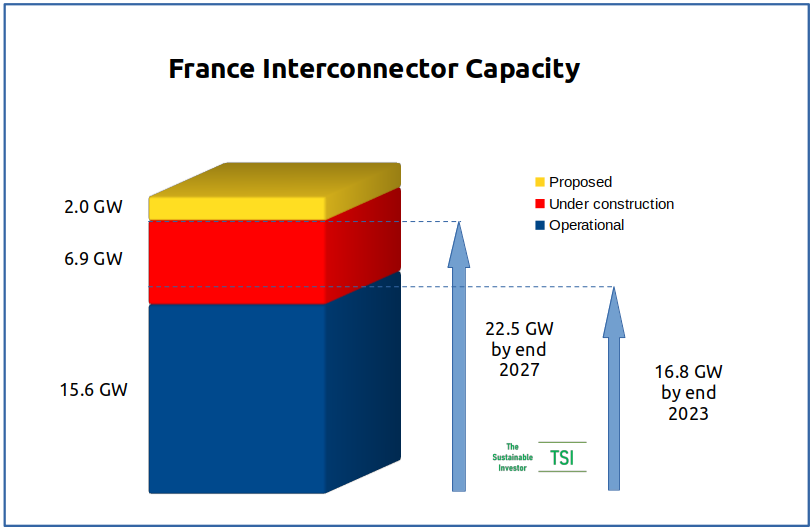
France has 105.9 GW of installed dispatchable electricity generation capacity and 33.2 GW of intermittent. The largest proportion of installed capacity is nuclear (just over 44%), a similar amount for solar, wind and hydro combined and the remainder largely fossil fuels.
Belgium
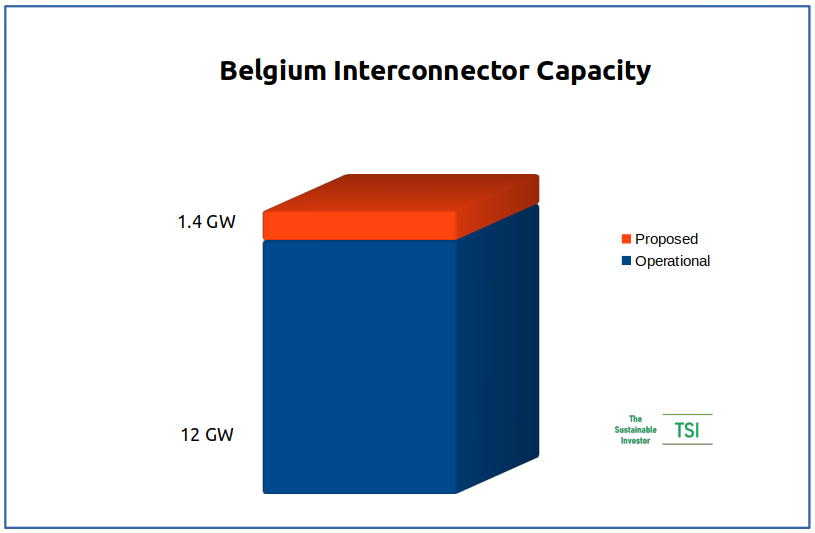
Belgium has 15.1 GW of installed dispatchable electricity generation capacity and 11.4 GW of intermittent. Just over 25% is fossil fuels, just under 25% is solar PV, around 22% is nuclear and almost 19% is wind.
Netherlands
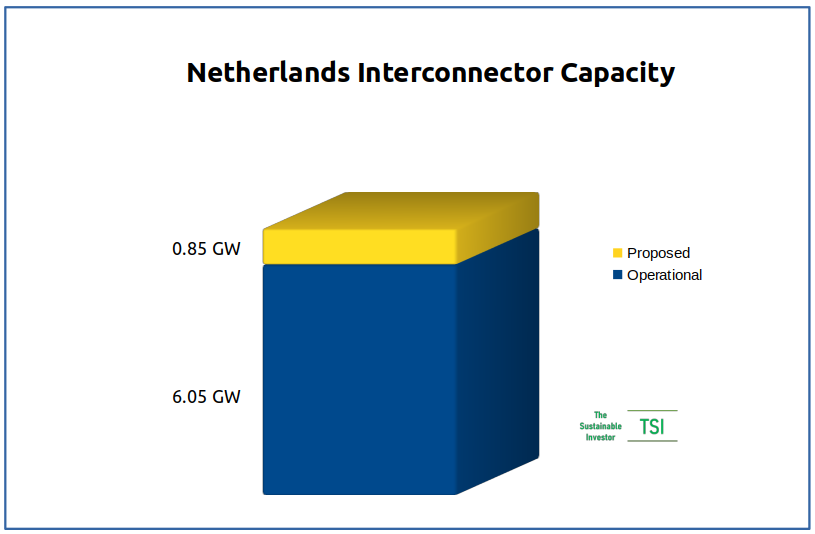
The Netherlands has 24.7 GW of installed dispatchable electricity generation capacity and 22.1 GW of intermittent. Fossil fuels comprised just under half of installed capacity, about 30% from solar PV and almost 17% from wind.
Other considerations
An interconnector provides a link between different grids but that capacity is limited by a number of factors. Intermittency means that whilst an interconnector can carry a certain amount of electricity between grids, there may not be sufficient excess electricity generated.
Another local consideration is grid connectivity or how quickly generating units can be linked to the grid and so start providing power to it. Historically, this has been a bit of a bottleneck, but in the UK, for example, the Electricity System Operator (ESO) has announced plans to update the existing connections process, with the aim of accelerating the speed of grid connections. It will include measures specially designed to treat storage differently to allow projects to connect faster. In the past, there have been reports of some new renewable energy and battery projects taking more than ten years to get connected to the grid.
Finally, grid resiliency and reliability are important. How capable is the grid to avoid everyday outages and withstand extreme weather or even attacks. And crucially, how quickly can it come back on line after a major outage? Will the grid look different?
We discussed what a the future grid might look like in this blog 👇🏾

Something a little more bespoke?
Get in touch if there is a particular topic you would like us to write on. Just for you.
Contact us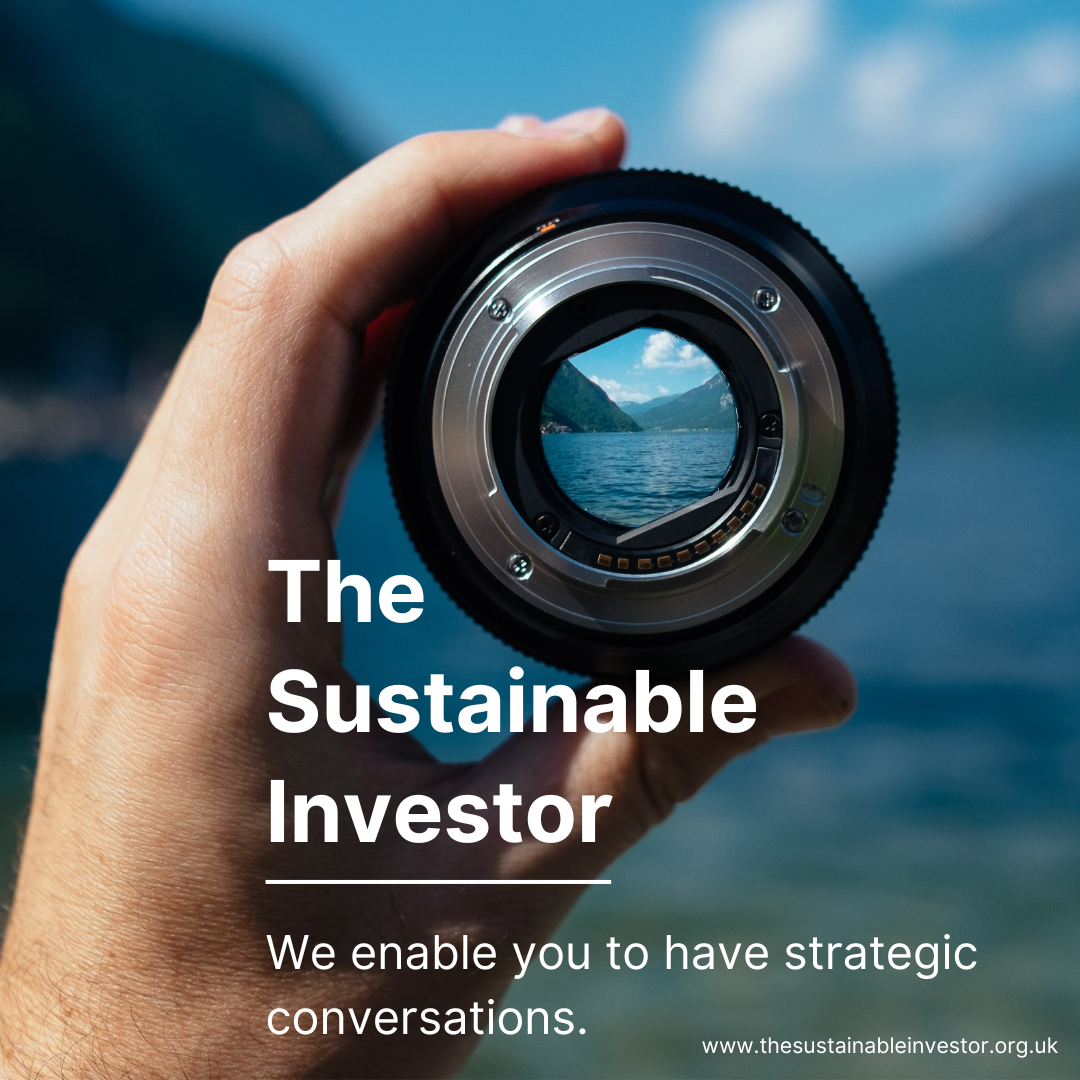
Please read: important legal stuff.


